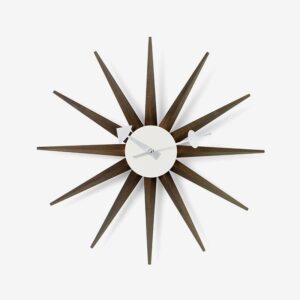Using Decorative Lights To Highlight Architectural Features
From functional illumination to decorative
flair, the right lighting choices can transform a room from ordinary to
extraordinary. In this guide, you can get into the world of interior lighting
and explore the myriad possibilities offered by decorative types of lights.
Effective Interior decor lighting design encompasses both functionality and aesthetics. Functional
lighting serves practical purposes such as task lighting for reading or
cooking, ambient lighting for overall illumination, and accent lighting to
highlight architectural features or artwork. However, it's the decorative lights that add a touch of
personality and style to a space.
Types of Decorative Lights-
- Chandeliers-
These grand fixtures often serve as focal points in dining rooms, foyers,
or living rooms. Available in various styles ranging from classic crystal
to modern minimalist designs, chandeliers can elevate the elegance of any
space.
- Pendant
Lights- Hanging from the ceiling like jewels, pendant lights are versatile
and come in an array of shapes, sizes, and materials. They work well above
kitchen islands, dining tables, or in hallways, adding visual interest and
directing attention downward.
- Wall
Sconces- Wall-mounted fixtures, such as sconces, provide ambient or accent
lighting while also serving as decorative elements. They can frame
mirrors, flank artwork, or illuminate hallways, offering both function and
style.
- Table
Lamps- These portable light sources not only provide task lighting for
desks or bedside tables but also contribute to the overall decor. With
countless designs available, from traditional to contemporary, table lamps
allow for customization and personalization.
- Floor Lamps- Floor lamps are perfect for filling empty corners, providing ambient lighting, or accentuating specific areas. Their sculptural forms can add drama and visual interest to a room while offering practical illumination.
Choosing the Right Decorative Lights
When selecting decorative lights for your space, consider the
following factors-
- Style-
Choose lights that complement the overall style and theme of your interior
decor. Whether it's vintage-inspired, minimalist, or eclectic, there are
decorative lights to suit every aesthetic.
- Scale-
Pay attention to the size of the fixture in relation to the space it will
occupy. A large chandelier may overwhelm a small dining area, while a tiny
pendant light might get lost in a spacious foyer.
- Functionality-
While decorative lights add visual appeal, they should also fulfill their
intended purpose. Ensure that the brightness and light distribution meet
the needs of the space.
- Energy
Efficiency- Opt for LED or other energy-efficient lighting options to
minimize energy consumption and reduce utility costs without sacrificing
style.
Conclusion
Interior decor lighting is an essential element of design that not only illuminate spaces but
also add character and charm. By carefully selecting and integrating lighting
fixtures into your interior design scheme, you can create a harmonious and
inviting atmosphere that reflects your personal style and enhances the
functionality of your home.




Comments
Post a Comment